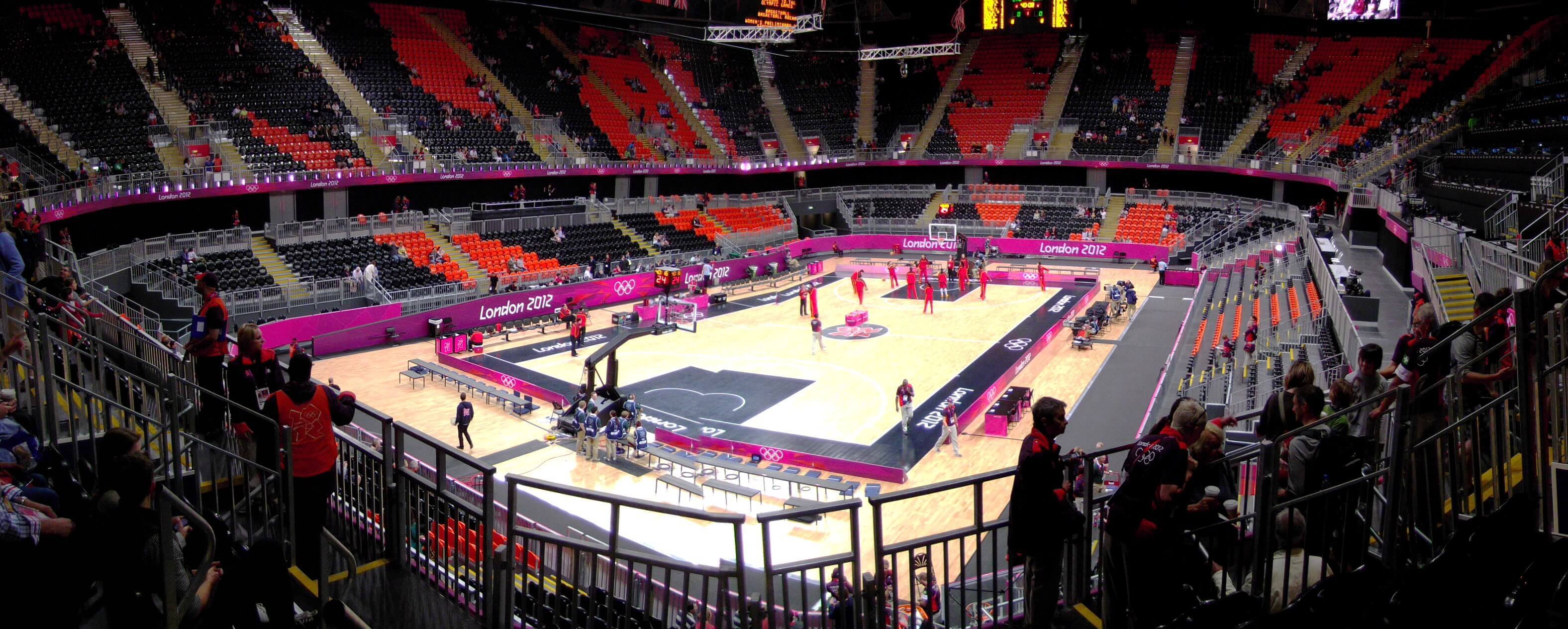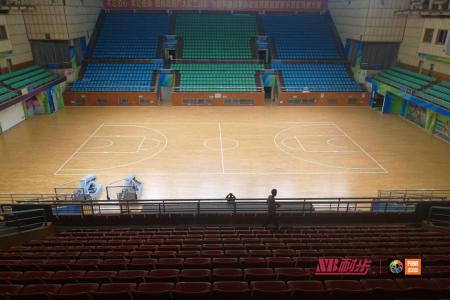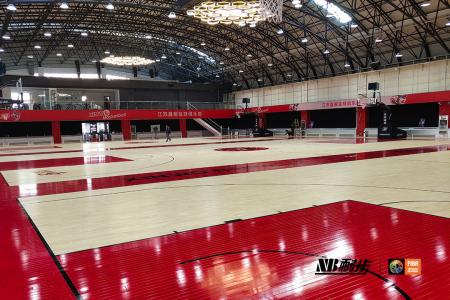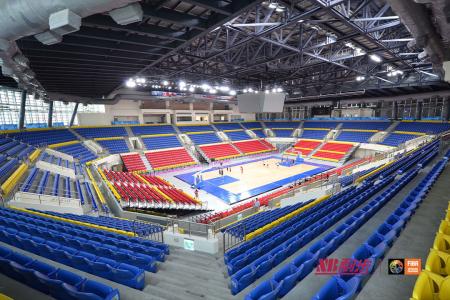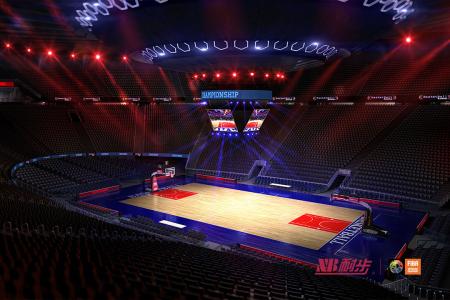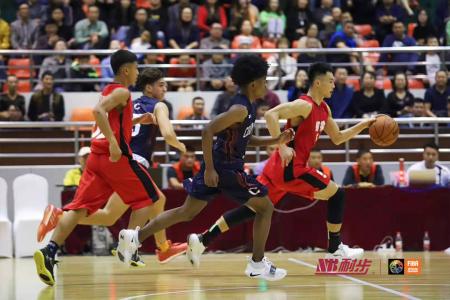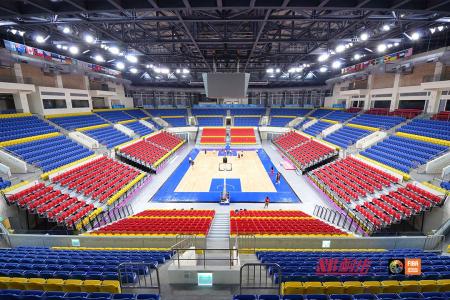Testing standards for main indicators of sports flooring
Energy Absorption (W500)
Energy absorption (W500)The lateral deformation coefficient of the floor is an important criterion for examining the floor structure. It is required that the deformation of the floor at a distance of 500mm should be less than 15% when the center point is subjected to a certain vertical force.
Vibration deformation (StVv)
Vibration deformation (StVv) tests the vertical deformation of the floor. It is required that when a point receives a certain vertical force, the vertical deformation of the floor must be ≤2.3mm. This indicator ensures the safety of the user's movement by testing the elasticity and tension of the floor.
Rolling Load (VRL)
Rolling Load (VRL) tests the elastic recovery of a floor, that is, the floor remains flat and dent-free after intensive use. When it is required to continuously roll the ground with a heavy wheel of 1500N, the surface will not be damaged. Ensure the durability of the floor, expand the use range of the venue, and reduce maintenance costs.
Friction Coefficient (GV)
The coefficient of friction (GV) tests the coefficient of friction of the floor surface. The standard is 0.4-0.6. This indicator affects the mobility and safety of athletes.
Shock Absorption (KA)
Shock Absorption (KA) This indicator tests the most critical role of the sports floor - absorbing the impact, forming a buffer, and avoiding the injury caused by the reaction force of the ground when the athlete falls. The index requires that the impulse absorption ≥ 53%.
Sphere Bounce (BR)
Ball rebound (BR) The rebound rate of a basketball on the sports floor is at least 90% higher than that of a concrete floor. This indicator involves the posture and strength of the dribble. Meet the fast-paced demands of sports.
Energy absorption (W500)The lateral deformation coefficient of the floor is an important criterion for examining the floor structure. It is required that the deformation of the floor at a distance of 500mm should be less than 15% when the center point is subjected to a certain vertical force.
Vibration deformation (StVv)
Vibration deformation (StVv) tests the vertical deformation of the floor. It is required that when a point receives a certain vertical force, the vertical deformation of the floor must be ≤2.3mm. This indicator ensures the safety of the user's movement by testing the elasticity and tension of the floor.
Rolling Load (VRL)
Rolling Load (VRL) tests the elastic recovery of a floor, that is, the floor remains flat and dent-free after intensive use. When it is required to continuously roll the ground with a heavy wheel of 1500N, the surface will not be damaged. Ensure the durability of the floor, expand the use range of the venue, and reduce maintenance costs.
Friction Coefficient (GV)
The coefficient of friction (GV) tests the coefficient of friction of the floor surface. The standard is 0.4-0.6. This indicator affects the mobility and safety of athletes.
Shock Absorption (KA)
Shock Absorption (KA) This indicator tests the most critical role of the sports floor - absorbing the impact, forming a buffer, and avoiding the injury caused by the reaction force of the ground when the athlete falls. The index requires that the impulse absorption ≥ 53%.
Sphere Bounce (BR)
Ball rebound (BR) The rebound rate of a basketball on the sports floor is at least 90% higher than that of a concrete floor. This indicator involves the posture and strength of the dribble. Meet the fast-paced demands of sports.

